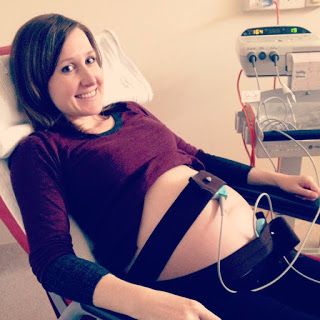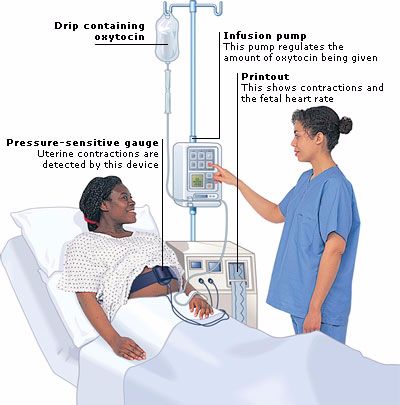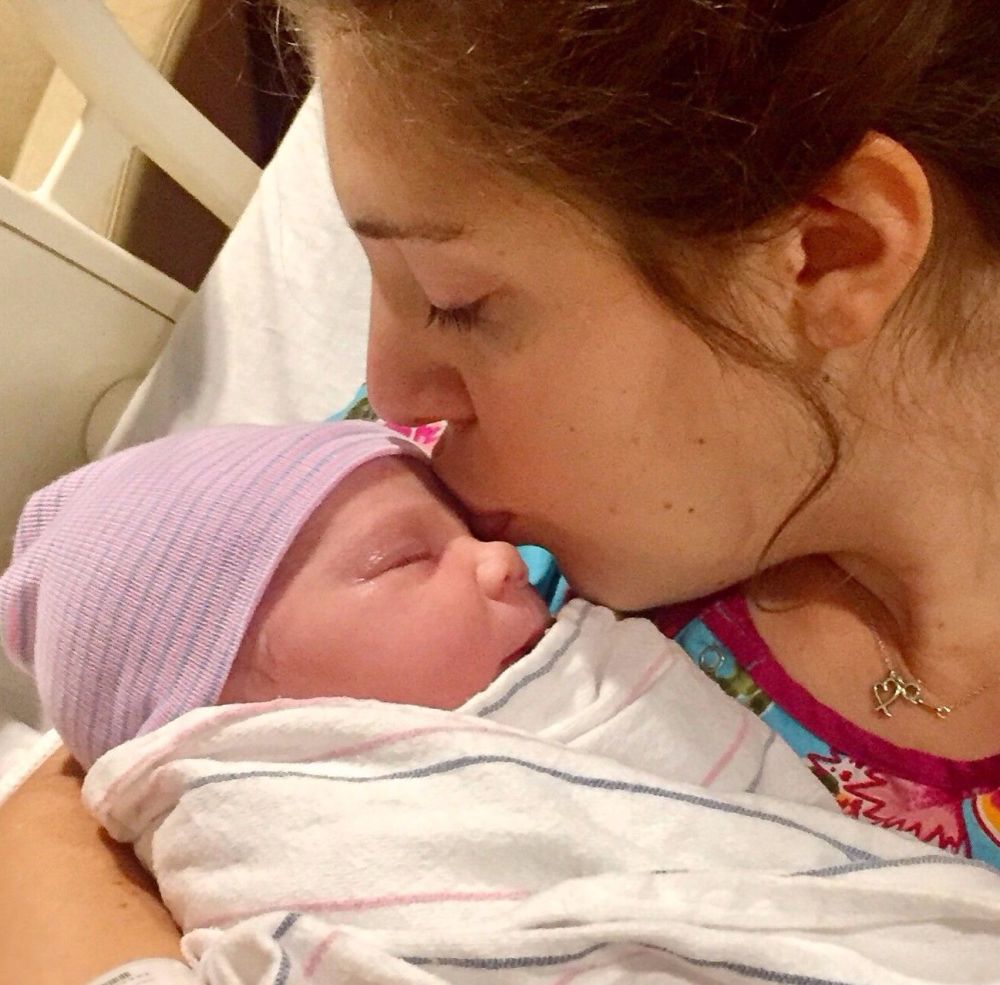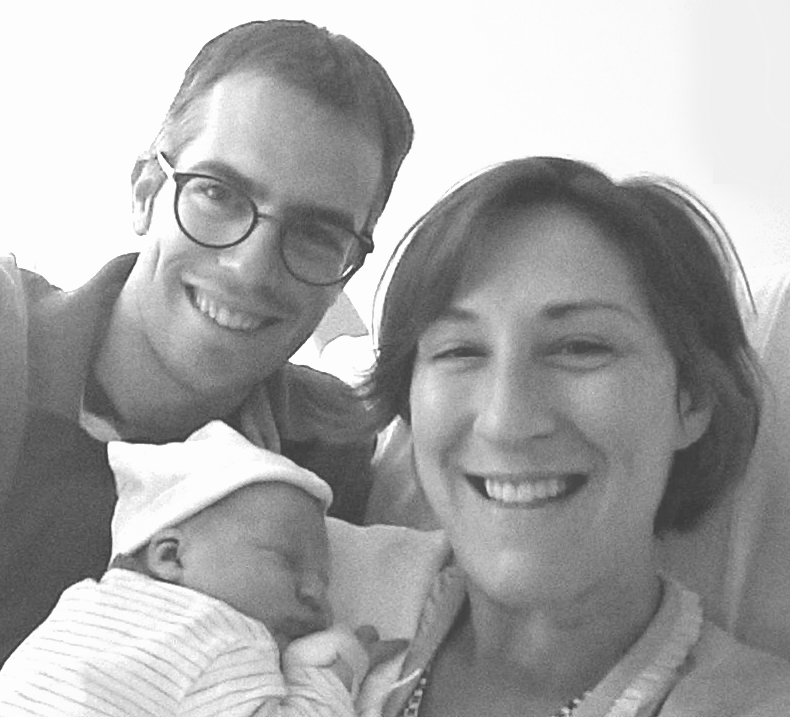Recent feedback reveals that parents want to know more about induction - the benefits, risks and alternatives, what it involves and how it can cause different, very painful sensations compared to spontaneous birth.
The first hypnobirthing training course I attended in 2006 contained a meme which said: "induction is the quickest way to have a painful, complicated birth." I thought this was a little defeatist! Not all induced mothers have a horrible time, but it's true that induction is more likely to lead to birth plans being thrown out of the window...
Key points:
- The choice is yours - you may accept or decline induction
- Relax. Birth won't begin or progress well if mums are stressed or anxious
- If mums choose an epidural they haven't 'failed'. Induction is a medical intervention that frequently requires medical pain relief (even if you're the best hypnobirther in the world!) 80% of my induced hypnobirthing mums choose an epidural (vs 10% of my non-induced moms)
- Hypnobirthing helps you stay calm and focused, no matter what!
"Epidural was not where I saw myself going but I was exhausted having had no sleep for days, and it gave me the rest I needed"

20% of births are induced in the UK, why?
Induction is offered if there's any chance that it might be safer for the baby to be born. Reasons can include a poorly mum or baby, but the most common reasons are pregnancy beyond 41+ weeks, or her waters have broken for a while without contractions starting yet.
I'm healthy, low-risk and 41+ weeks - should I accept induction?
It's up to you. If mothers await spontaneous birth after 41+ weeks the risk of a baby dying during pregnancy, birth or shortly afterwards is thought to be around 0.16% (between 1-2 in 1000). With inducing birth at 41+ weeks the risk may be reduced to 0.07% (around 1 in 1000) (if you are over 40 years of age the risks may be at a similar level after 40+ weeks). This NHS leaflet is excellent at explaining the research and options.
What about the waters breaking at full term?
For nearly 1 in 10 women, waters break before their contractions start. They usually commence naturally within a day or two and unless there are any further concerns, the offer of induction should be delayed for up to 24 hours. Induction is offered because the risk of a baby being born with a serious infection might be increased to appox 1% (from a background figure of 0.5%)
What if I decline induction?
The UK national clinical guidelines state:
"If a woman chooses not to have induction of labour, her decision should be respected. Healthcare professionals should discuss the woman's care with her from then on."
'Expectant management' means awaiting spontaneous birth. Increased monitoring is offered including ultrasound scans and CTG monitoring a few times a week.

What does induction involve?
The aim is to encourage the natural physiological birth process as much as possible...
1. Pre-induction: a cervical sweep is typically offered at a mum's routine 41 week appointment. If the cervix has shortened and is stretchy enough, the careprovider can insert two gloved fingers into the vagina, up through the opening of the cervix and sweep their fingers around in a circular motion, to separate the bag of waters from the neck of the womb.
Benefits = for 1 in 8 women it might reduce the chance of further induction methods
Risks = invasive, discomfort, bleeding, irregular contractions, disappointment
Alternatives = awaiting spontaneous birth
2. Prostaglandin drug: a mother is admitted to the antenatal ward at hospital. If her cervix is closed and hasn't thinned much, a dose of artificial prostaglandin (a tablet, gel or plastic tampon) will be inserted high up in the vagina. The aim is to 'ripen' the cervix to trigger natural contractions to start, or at least enough so that the bag of waters can be broken the following day (amniotomy). Women are encouraged to leave the ward and go for a walk, or in some areas may be able to go home and return later. Prostaglandin treatment can take up to a couple of days.
Benefits = around 30% of women give birth naturally without further intervention
Risks = vaginal / cervical soreness, hypertonic uterus, fetal distress syndrome, abnormal labour affecting the baby (between 1:10 - 1:100), nausea, vomiting, diarrhoea (between 1:100 - 1:1000), disappointment, boredom, lack of sleep, birth partner sent home at night
Alternatives = await spontaneous birth, ask about balloon catheter dilation or caesarean
3. Amniotomy / breaking the waters: On delivery ward, if the cervix has thinned and opened enough, a long crochet hook-like device is passed through the vagina and cervix to rupture the amniotic sac. This is done to encourage prostaglandin release / physiological birth to begin, or before the commencement of artificial oxytocin infusion to trigger contractions.
Benefits = Some research suggests quicker progress with less intervention following amniotomy
Risks = scratching the baby, maternal discomfort, introducing infection, small risk of cord prolapse or accidentally puncturing a major blood vessel
Alternatives = await spontaneous birth, ask about more prostaglandin ripening / balloon catheter dilation or caesarean
"Although nothing seemed to have gone to plan I remained very calm throughout the whole experience and what was 3 days seemed like 1 with the most important thing in the end a healthy & happy baby!"
4. Intravenous artificial oxytocin drip: On delivery ward, a synthetic hormone (Pitocin / Syntocinon) is infused to initiate and strengthen contractions to dilate the cervix and aid the baby's passage through the pelvis. Continuous monitoring is required to observe the rate of contractions and the baby's heartrate.
Benefits = can dilate the cervix and birth the baby without the need for caesarean

Risks = Common: abnormal pain requiring epidural, uterine hyperstimulation with fetal distress, headache, nausea, vomiting, slow, fast or irregular heartbeat (mum), failed induction leading to caesarean
Other potential things to note include reduced mobility, and CTG may also increase the risk of caesarean. Epidural also increases the chance of having an assisted delivery (forceps / ventouse)
Alternatives = await spontaneous birth, or ask for a caesarean
"My contractions escalated extremely fast and I only managed to use breathing techniques for about one hour till the pain got unbearable and I asked for an epidural at 5 cm dilated. The relief was instant!"
... Induction is what it is really! With effective preparation and pain relief (be that hypnobirthing or epidural) parents can have a wonderful birth... Read a collection of hypnobirthing induction stories to see how we got on!
(This guide is provided for information only, it is not medical advice. Parents should do their own research and consult with their local care providers)






